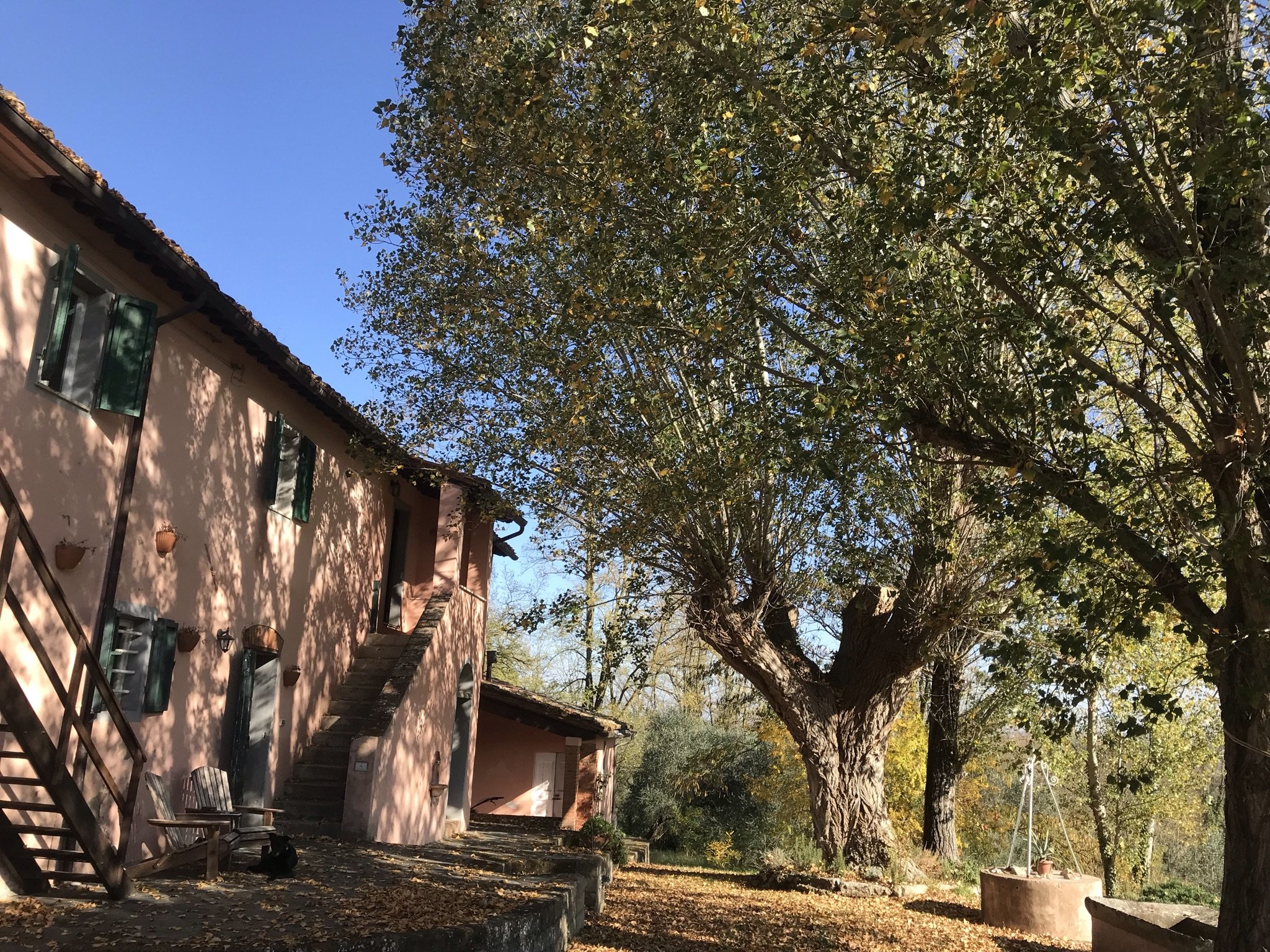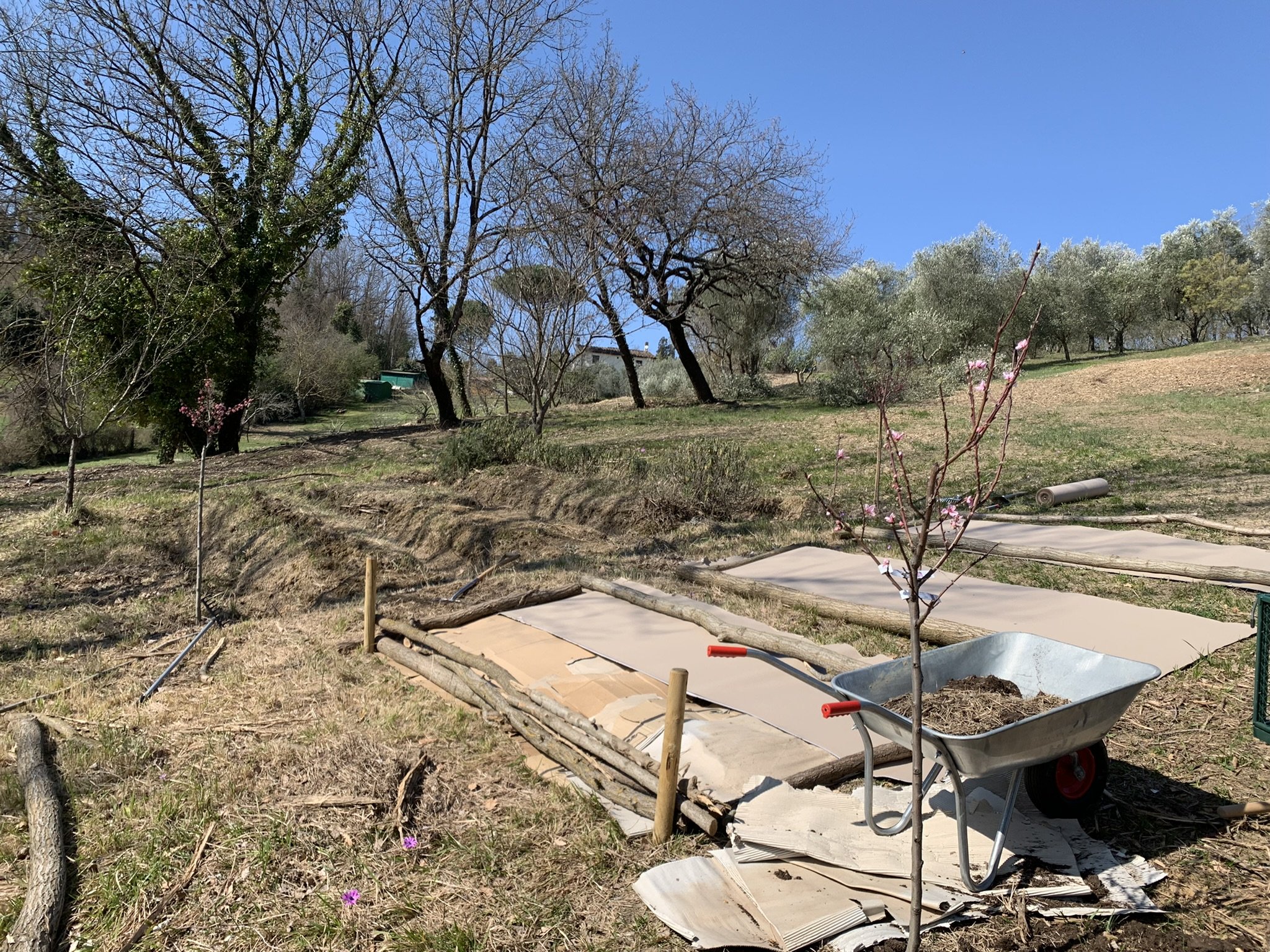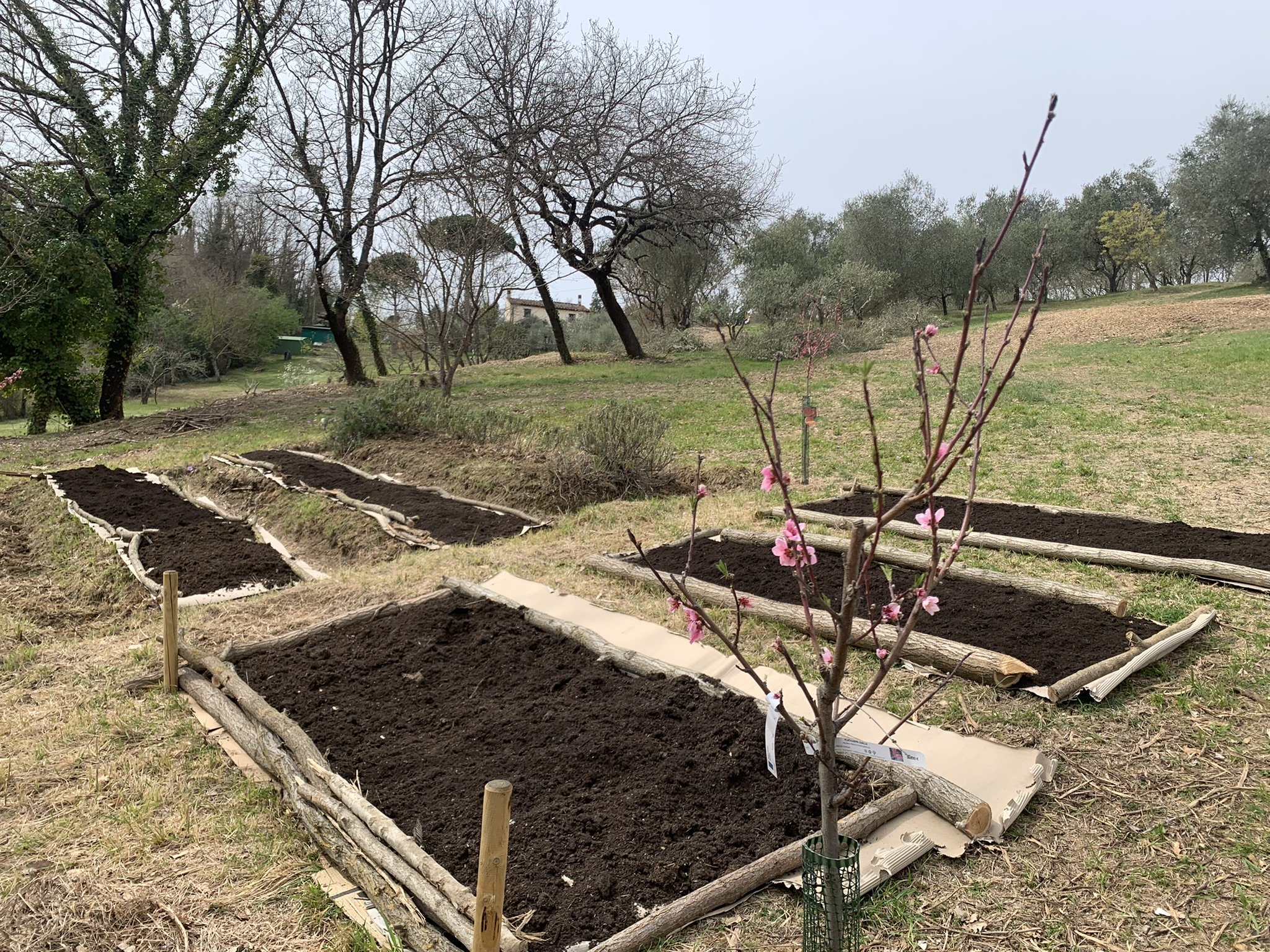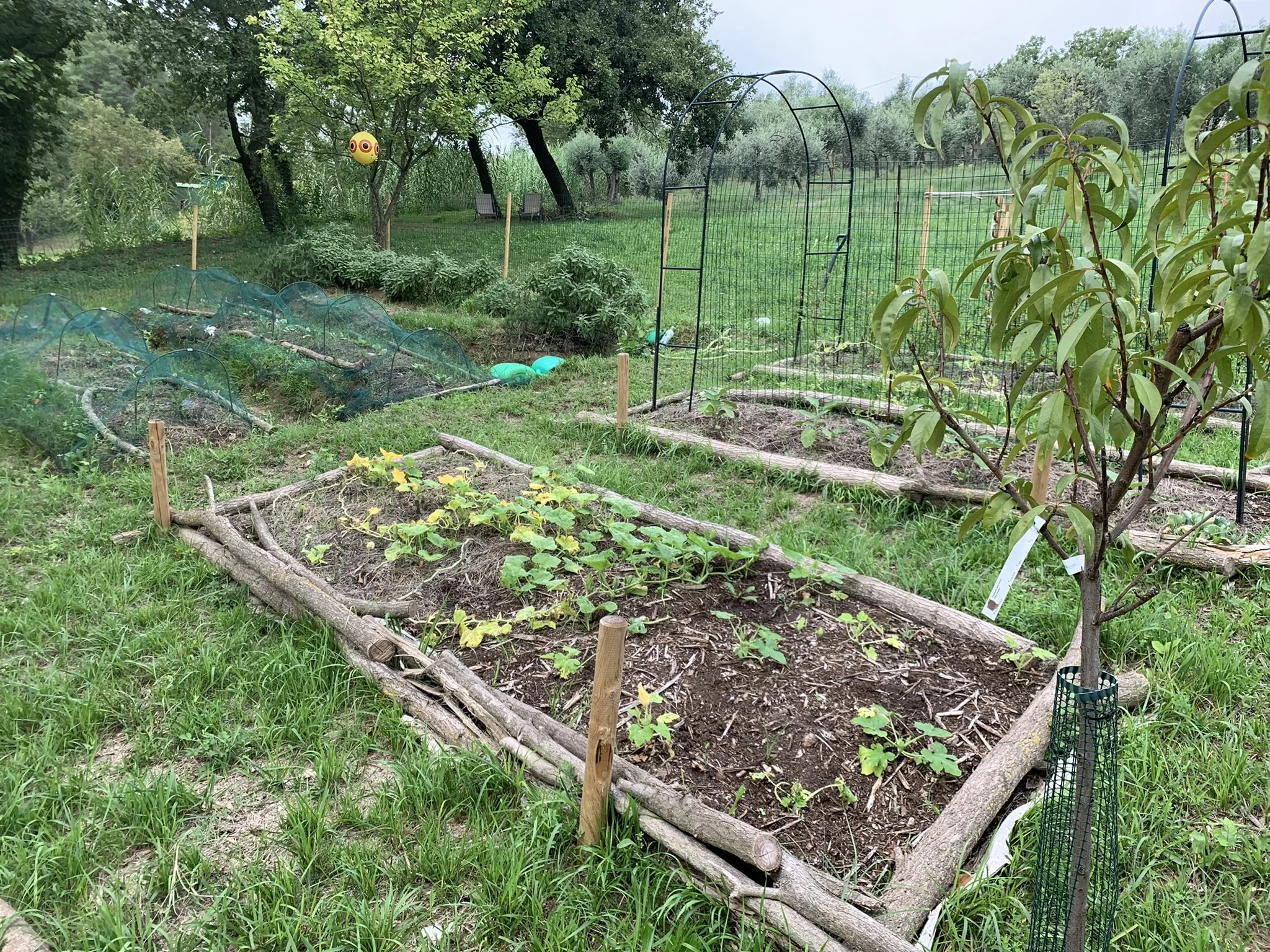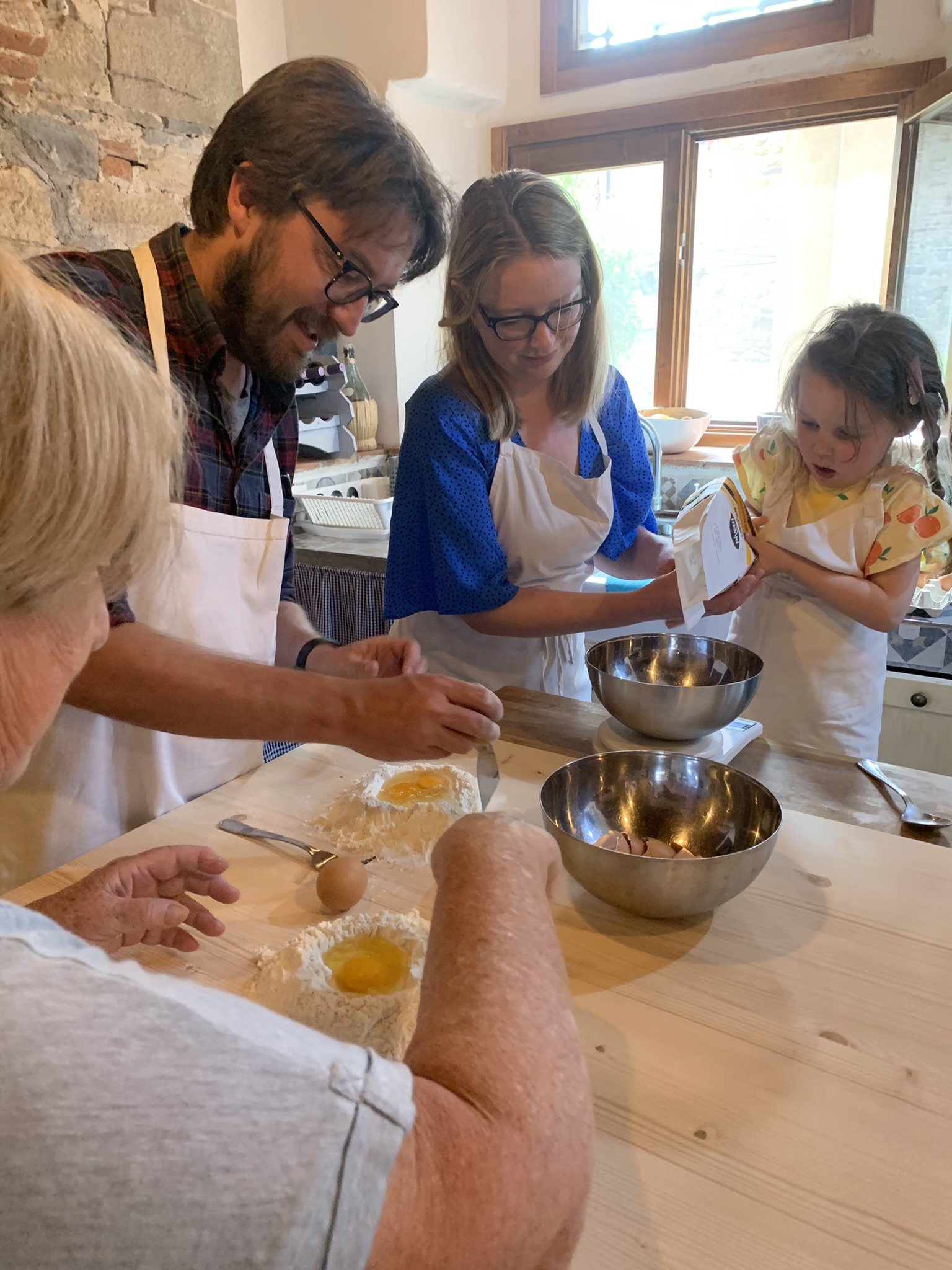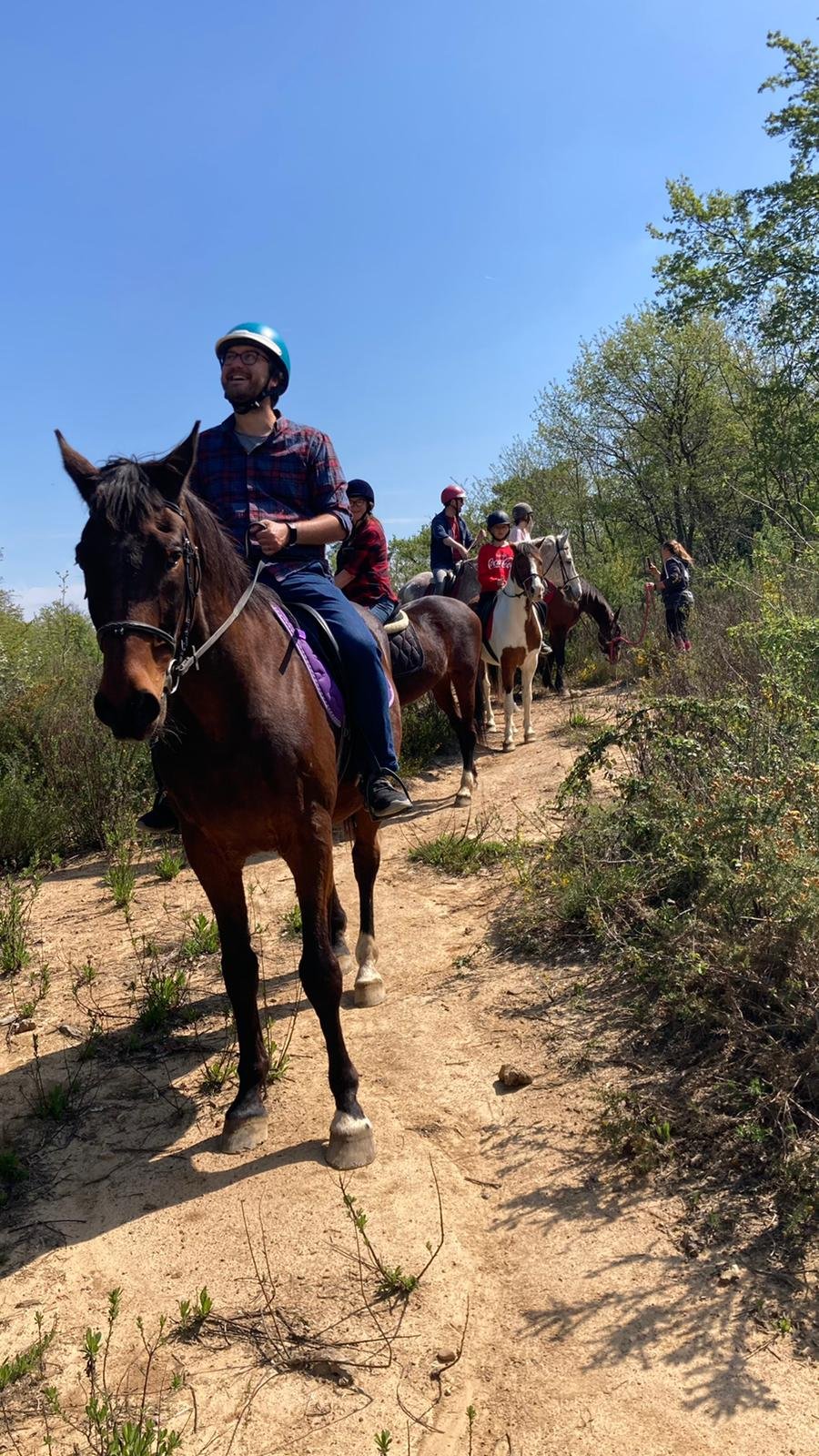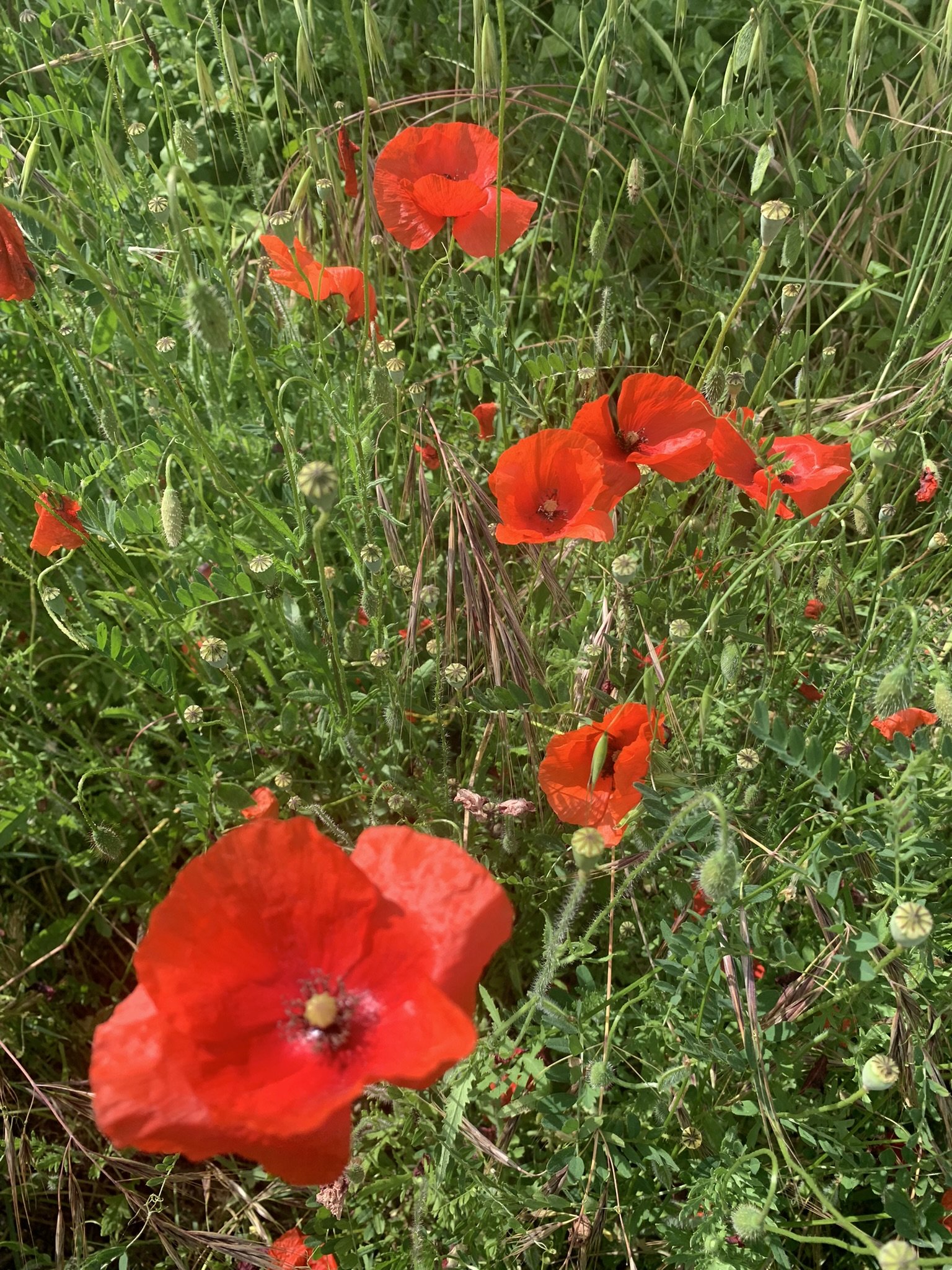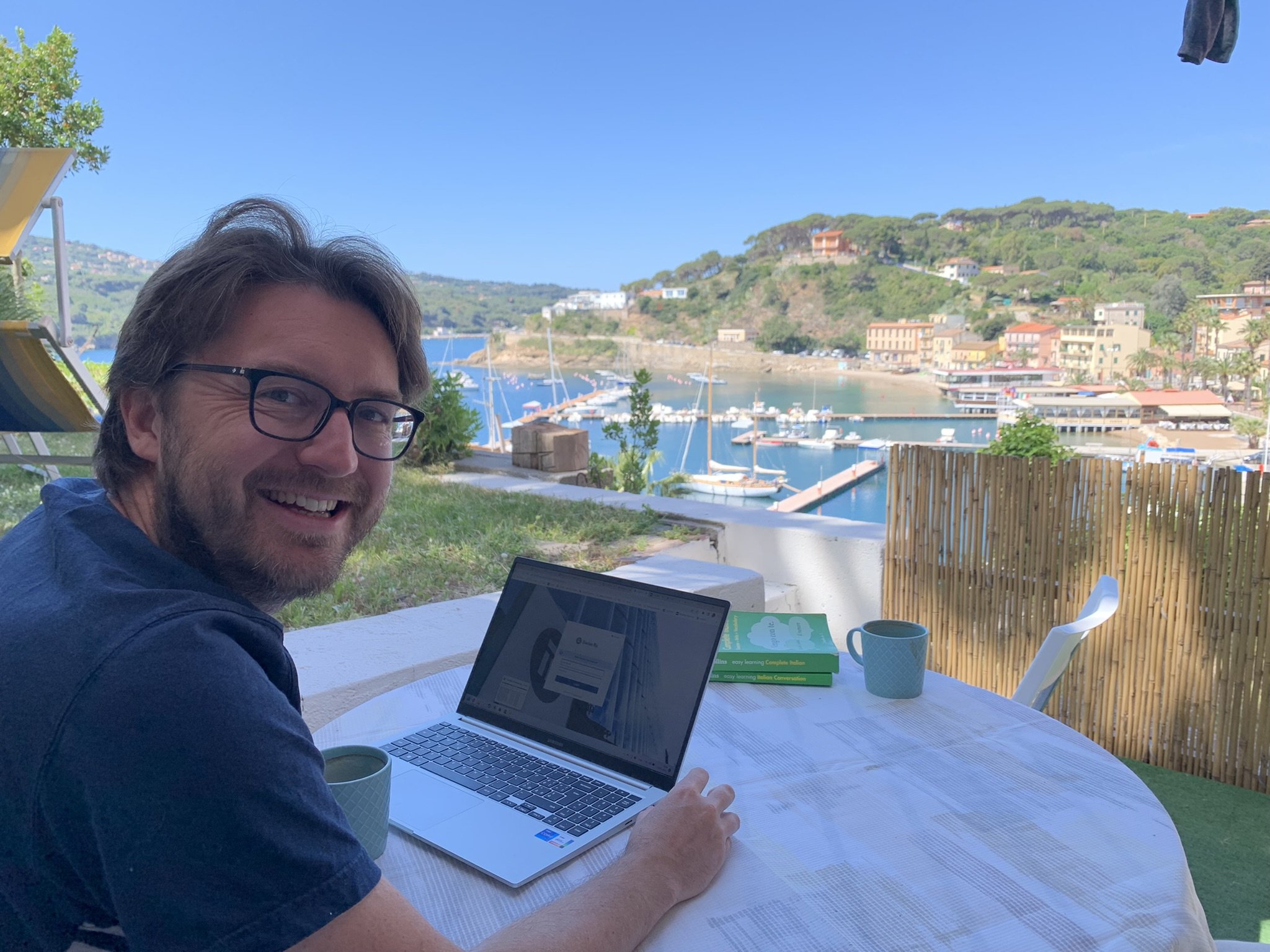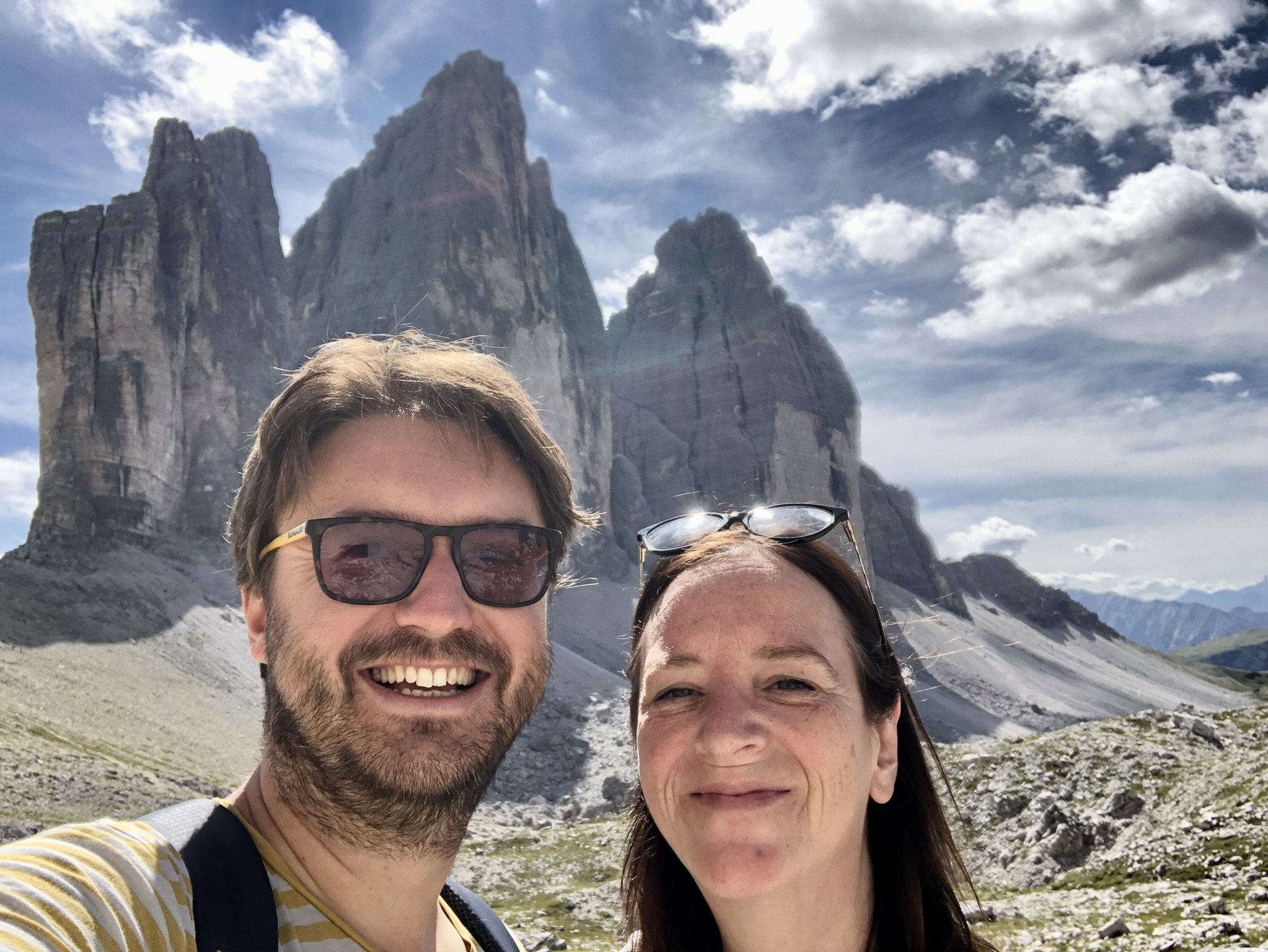Our first year settling in
After moving into the house in November 2021, we soon realised we had a huge amount of work on our hands. We immediately started working with our geometra (a technical and planning advisor) and architect to draw up plans for the house, so that we could start renovation work in 2022.
Our geometra told us about the bonus schemes that were available to all Italians and homeowners like us in Italy. Our house isn’t earthquake proofed (though it is in a lower-risk area for Italy) and has no roof insulation, old electrics and plumbing, so the idea of accessing these bonuses is appealing. However, as documented in the Italian news, the bonus schemes have proved extremely popular, so much so that the available government budget has already being exhausted, waiting times for builders are long, and materials have shot up in price. For us, a large part of 2022 was spent waiting to see how and if we can access any of these incentives, getting building quotes, and finding the right builders.
If you’re wondering why we’re not just doing the work ourselves, there is a fair bit of structural and excavation work needed, which needs time, skills and specialist machinery, and with Nick working full-time this just wasn’t practical for us. We are more than up for doing lots of other, less-skilled work when and where we can.
To that end, we have focused our time so far on the land. The total area we have is approximately 10 acres / 4 hectares. There is 3 acres directly around the house and a further 7 acres of nearby woodland. Of the 3 acres, around 1 acre was heavily overgrown, with sapling trees, brambles and weeds that were encroaching onto one of the olive groves, putting it in shade.
From research we’d done, we discovered that the land has an interesting history with records of farming seen in historical maps going back to Napoleonic times. The land, known as ‘Terrarossa’, meaning red land, seen on historical maps going back to the 1830s, and from old aerial photographs (see below), we learned that the land was once heavily farmed with rows and rows of terraces and crops/vegetables. The abandonment of the farmland seems to have taken place in the 1960s, correlating with the golden age of Italian industry where people left the land for better opportunities in the cities. Since those times, nature has done her thing and covered over what was once carefully tended land. The only trouble is that much of it has got out of control, and in some parts of the woodlands the cluttered canopies have shut out the sunlight to the woodland floor.
Map from the 1830s showing our farmhouse in the middle
Aerial map from 1954
The land today
Winter 2021 / 2022
The first jobs
Shortly after we moved in in mid November, we experienced our first heavy storm. The previous owners had warned us of the tall trees, mainly black locusts that had grown tall and thin at the borders of the land and rear of the house and how these can topple in high winds. These trees along with the very beautiful, large black poplar (pioppo nero) we have at the front of the house, along with its sisters, made for a scary night as we saw the tall branches swaying heavily toward the house. Our minds were made up - the first task was to tame those trees!
Clearing the land
With the help of an amazing forestry team, the black poplars that towered over the house, almost certainly originally planted for shade in the summer, were pruned back heavily by a tree surgeon and have since bounced back beautifully to a more manageable height.
With the aid of a forest muncher tractor, the team cleared the 1 acre of overgrown land, including around a dozen or so 30ft black locust trees, saplings, large bushes and brambles. What would have taken us months to clear, took just a couple of days, making light work of felling small trees and shredding the scary brambles, munching them into a mulch that in time will break down and help enhance the soil.
Behind the house, the tall black locust trees were also cut back, primarily to bring in light to the back of the house and create a safe boundary in case of any forest fires. The cutting back of these revealed some great views out to the north of the house, showing us the nearby Monte Pisano mountain range and further back, the Apuane range and snow-capped Tuscan-Emilian Apennines. In future years, we also plan to take better care of the 7 acres of woodland and will research the best methods to achieve this. Our desire is to keep the woodland natural for the wildlife, but to make some trails through so that we can enjoy them for walks.
Tidying up
The second task for us was to clean up the land and tidy it of junk. As we soon found out, there were at least 20 car loads to collect and take down to the recycling centre - you quickly become a familiar face to the guys there! We were also left some very beautiful things, too - a lovely old chest of drawers, cabinets, and some amazing old farming machinery - an old hay rake and plough, now in retirement, but sitting proudly on the land.
Creating a vegetable patch / Orto
To get our vegetable growing underway, we planted a wide variety of seeds in a temporary greenhouse that had to be tied down to stop it taking off the wind! I’d grown fruit and vegetables for over 20 years as a hobby, but the prospect of a much bigger plot and longer, warmer growing season was very exciting. I had become ever more curious about sustainable gardening and permaculture and had completed a couple of online courses and read books to learn more. We’re regular viewers of many YouTubers that have built sustainable gardens, permaculture plots / food forests and farms using these methods, and feel ever more convinced that its ethos of organic planting in harmony with nature is the way to go. I drew up my first sketch of how our land could be structured and started to focus first on the vegetable patch first, using companion planting to help improve growing conditions and resist pests.
We kept this first season’s vegetables quite small as we had not yet established a reliable water source for the veg patch. More on those plans later. We also planted lots of new fruit trees, including 6 Marchiana cherry trees, an ancient variety native to the Lari area, peaches and nectarines. We also built some compost bins from old pallets for the vegetable patch and pruned back various fruit trees - cherries, figs, apricots and jujube trees.
Already on the land was an old abandoned vegetable patch (called an ‘orto’ in Italian), which looked like an old Viking burial mound(!), but was actually 3 over grown raised beds. To get us started quickly, we decided to use the ‘no-dig’ method popularised by Charles Dowding. We had many logs from the forestry work and put these to use building simple beds, pinned back by stakes to support them on the hill. We covered the bed bases with cardboard and topped them with bought-in compost. Shortly after, we planted up the summer veg garden with the seedlings we had grown. Things were starting to take shape.
Pruning of the olive trees
Our 100 or so olive trees were in desperate need of care and had to be heavily pruned to get them to produce olives again. To help us, we had our forestry team chainsaw prune the branches that were inhibiting healthy production, opening up the canopy to let the sunshine in for the best chances of fruiting. For all the smaller pruning, we diligently kept the trees tidy ourselves, taking out dead wood, the sprouts (that grow from the base of the tree) and suckers (unwanted growth on the branches of the tree). We hoped that we might be successful with an olive harvest in a couple of years, but were overjoyed when we started to see olive flowers appear just a couple of months later.
Spring / Summer 2022
April brought our first visitors when our family visited to see what we’d gotten ourselves into. It was wonderful to take a break from all the work we’d been doing and see our new home as visitors do. We packed a lot in, exploring our local area in Casciana Terme Lari, the nearby Terriciola region, Pisa and its botanical gardens, Pontedera and the Piaggio museum, Peccioli and its dinosaur park, Lari and its castle, local horse-riding, pasta-making in Vicopisano with our friends Marie and Lorenzo. Other family visits took us to Florence, Lucca, Volterra, the nearby lavender fields of Orciano Pisano and the Cinque Terre. We all had a great time and felt excited to know that although we now live in different countries that we can all look forward to spending more holidays together here in Italy.
Spring also brought with it an incredible display of wildflowers on our hillside. I was able to identify over 30 different types over this period, some lasting a few weeks, others a few months. The wildflowers increase bio-diversity, providing food for bees, butterflies and insects, and we have learned the importance to let the meadow thrive in these spring /early summer months. With this in mind, mowing has been kept to a minimum and carried out just twice a year when the grasses become too tall and dangerously dry.
Just when you think it couldn’t get any better, night time gave us another magical display - fireflies! We’d never seen so many as they blinked across our patch of land like little twinking fairy lights. Even as we sat outside on the terrace, a few would make their way up, flying round us as we sunk our aperitivi.
In May, we also visited the stunning island of Elba for a long weekend. It was great to board the ferry from Piombino and take our car across to this island we had only known about from Napolean’s exile! We stayed in Porto Azzuro and enjoyed coastal walks and the relaxation of the pretty port town.
As May drew to a close, our two cherry trees gave us our first fruits. One tree produced over 8 kilos of cherries that we turned into jam and, best of all, preserved in amaretto (recipe to come!) We attended the Lari cherry festival, ‘sagra’ as its know in Italy. Sagras are local festivals held across all Italy, and many are related to food. Local to us are sagras dedicated to strawberries in Terriciola, peaches in Usigliano, and a bit further away truffles in San Miniato. The Lari cherry festival was great fun with local farmers selling many different varieties of locally grown cherries. This festival is held usually in the weekends of the end of May, beginning of June and is a must see if you’re in the area - your taste buds will thank you!
As May gave way to June, temperatures started to soar into the high 30s and we quickly realised that any work on the land had to be done either very early in morning or very late evening. Temperatures were reaching almost 40 degrees celcius by late June and the drought that hit our little patch of land was felt all across Italy and Europe. This brought into sharp focus the need for us to save water in the months where rainfall could be saved, and is an area we will be concentrating our efforts on next year. It meant our watering of our orto was restricted and some crops like our zucchini and other squashes were not getting enough water to flower and fruit.
July saw us visiting The Umbria Film festival, a little film festival held in the hilltop village of Montone, hosted by one of our favorite filmmakers, Terry Gilliam, who has a home in the area. Sadly he wasn’t in attendance, but the brilliant Stanley Tucci was(!) and we got to see him receive the keys to the city for his contribution to film. His acceptance speech was heartfelt but comical when the local church bells interrupted him mid-flow and the celebratory fireworks were accidentally let off before he’d finished. He took it all with the grace and poise you could only imagine him doing!
In August, we escaped the heat and visited the stunning Dolomites. The scenery was as breathtaking as we’d hoped, and the mountain air was just what we needed. It was a good 10 degrees cooler, resting in the mid 20s, and thankfully so as we dedicated the trip to hiking with our dog, Rufus.
Autumn / Winter 2022
As September crept in, the high temperatures began to ease and we could get back on the land once more. As the month grew to close, we saw many of our olives were starting to turn from green to purple to black, swelling with the new rains. This was one of the biggest moments we were looking forward to - our first olive harvest!
As our land is mainly south-facing, it seemed that we were ahead of some others in terms of ripening. We visited our local olive press (called a frantoio in Italian) to get their opinion, and indeed they confirmed that our region was starting to harvest earlier than usual. So it was in the first week of October that we began to harvest. We harvested using the manual method of short and long rakes, brushing the branches of their fruits into laid out nets. We managed to harvest all 100 of our trees over 4 days - some trees had many kilos, and others not so many, but in the end, we harvested 130 kilos.
Excitedly, we took our haul to the frantoio and watched the process end to end, until finally after an hour and half, we saw our hard work turned into what’s known here as ‘green gold’ - 14 litres of extra virgin olive oil. We’d never of believed that such a thing could elicit as much joy as it did. As we took home our precious cargo, we couldn’t wait to taste it. Let’s just say that since tasting it, we’ve become firmly addicted. Finally, an addiction that’s actually good for us!
To give our olive oil and house a name, we put our heads together to come up with ‘Pioppo’, named after our beautiful giant black poplar to the front of the house. It was great fun working with a designer on the logo and using it for the labelling of our very own extra virgin olive oil.
After the olive harvest, I (Fran) started work on another long-held dream. For a very long time, I have wanted to learn the art of soap making. This goes hand-in-hand with a love of taking long baths and smelling nice! For so long, I have loved receiving bath and perfume products, that most of the time if ever asked what I would like as a gift, I always say ‘hmm, something that smells nice?!’ Now, with more time to work on it, I could finally make it happen. After what seems like endless amounts of reading, research and online tutorials over the last couple of years, I finally took my first jump into making handmade soap. More on these adventures coming soon!
After one very eventful year in Italy, we then made preparations to spend Christmas back in the UK. Christmas is always such a special time and it was something we really looked forward to. The previous year was our first year in the farmhouse. We spent it alone together, but in true Italian hospitality our next-door neighbours invited us over to spend some time in the evening celebrating it with them and their family. Although our Italian was clunky to say the least, we all managed to understand each other and had a great time getting to know one another.
For our Christmas back in the UK, it was a reminder of how important our family and friends back home are to us. When you’re on a life-changing adventure like ours it is one of the hardest things to get used to. WhatsApp and FaceTime are great ways to stay in touch, but there’s nothing like being together, having a laugh and catching up properly.
In summary, 2022 was a very productive year on the land, but on the house renovation, a hard lesson in the art of patience. Things take time in Italy, but now as I’m writing this in January 2023, that time allowed us to get to know our surroundings, the land, its growing patterns, make new friends, and learn some new skills.


